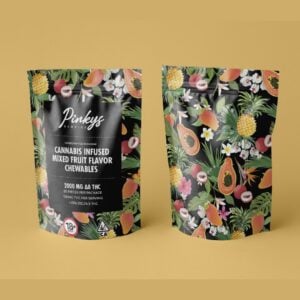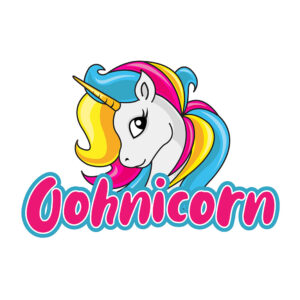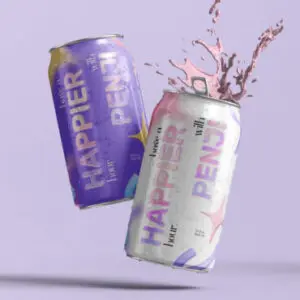
From social media graphics to brand identities, digital graphics are transforming how we communicate visually in today’s world.
In fact, a study reveals that 94% of users would reject a website if it has poor design. Given its importance, it’s not surprising that four in five businesses use graphic design in various formats.
In this article, we’ll discuss what digital graphics are and how it can elevate your brand. We’ll also tackle different types of graphics along with actionable tips to make your design stand out.
What is Digital Graphics?

Digital graphics refer to visual elements created, edited, or displayed using digital tools and software. These graphics can range from simple icons and illustrations to complex marketing materials like social media visuals, infographics, and motion graphics.
Unlike traditional print designs, digital graphics are optimized for online platforms, allowing businesses to engage audiences across websites, social media, and digital advertising.
In commerce, digital graphics are used to:
- Promote
Firms use graphic design in marketing as a tool to reach out to audiences. After all, visuals are a great way to promote a product or service without using too many words. You can use it to improve your website’s content design or to create a campaign such as email marketing.
- Advertise
As the saying goes, a picture paints a thousand words. Visuals can invoke feelings and emotions, making it a powerful tool in advertising. Thus, images are often used by firms to touch their audience and build a strong impression.
- Entertain
Visuals also function to entertain viewers and give them a sense of escapism. For example, gaming logo design is meant to attract gamers’ attention and make them want to try playing the game. In the same vein, mobile game app designs aim to meet users’ needs and inspire them to keep playing.
Types of Digital Graphics
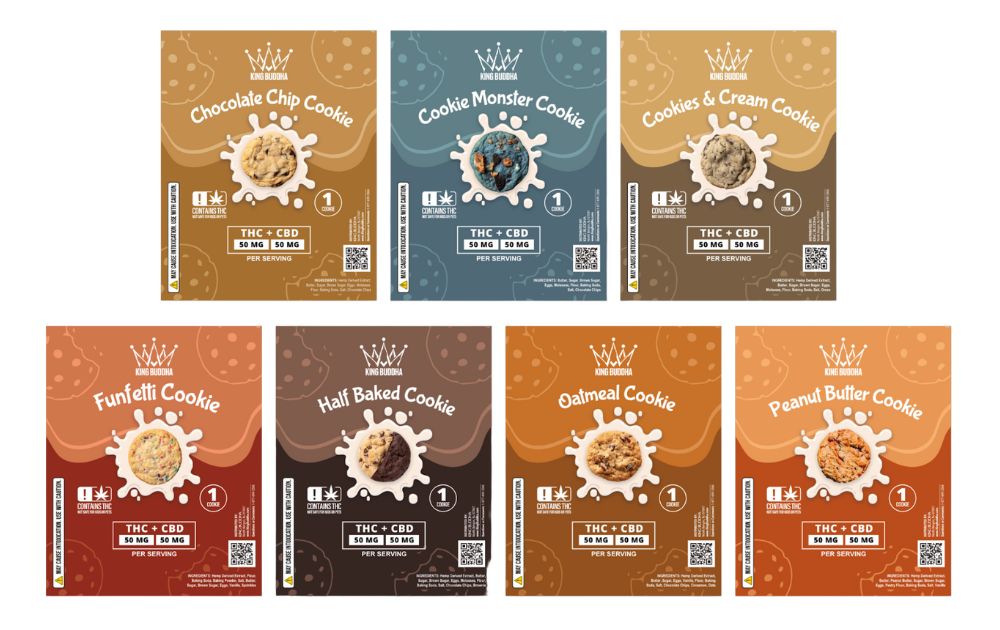
There are two main types of graphics. These are vector and raster files.
- Vector
Vector graphics or vector drawing is an image file that uses math equations. These equations involve points that use curves or lines to connect. The curves or lines, called vector paths, form the shapes in a vector image. The most common vector file formats are .eps, .xml, .svg, .cgm, and .odg. Some of the software programs used to vectors are Illustrator, Sketch, CorelDRAW, Affinity Designer, and Inkscape.
This digital graphic type is popular among artists because you can scale it without much trouble. Consequently, designs can easily scale without having to sacrifice the quality of the image.
- Raster
Raster images, on the other hand, are graphics that are made up of pixels which are tiny, little squares. Sometimes called bitmap graphics, this image type typically comes in the form of .jpg, .bmp, .tiff., .png, or .gif files. Some of the software programs used to create vectors are Adobe Photoshop, Corel Painter, GIMP, and Artweaver.
Raster files with more quantities of pixels require bigger storage space. Furthermore, rasters are not as scalable as vectors are. In fact, forcing to enlarge a raster graphic can lead to a pixelated image. However, this file type offers more complex visuals, such as photographs.
Examples of Digital Graphics for Marketing
Here are some of the common examples of visual assets made by digital graphic designers. Take the time to review each example and how you can use it to promote your business.
Digital Images

Varying in form and complexity, digital images are the cornerstone of every business’ online presence. For example, they can come in the form of simple edited photos with text overlay. On the other hand, they can also be something as complex as a poster with multiple elements and layers. Whatever the material is, design experts advise brands to be consistent with their visuals to make an impression.
Infographics
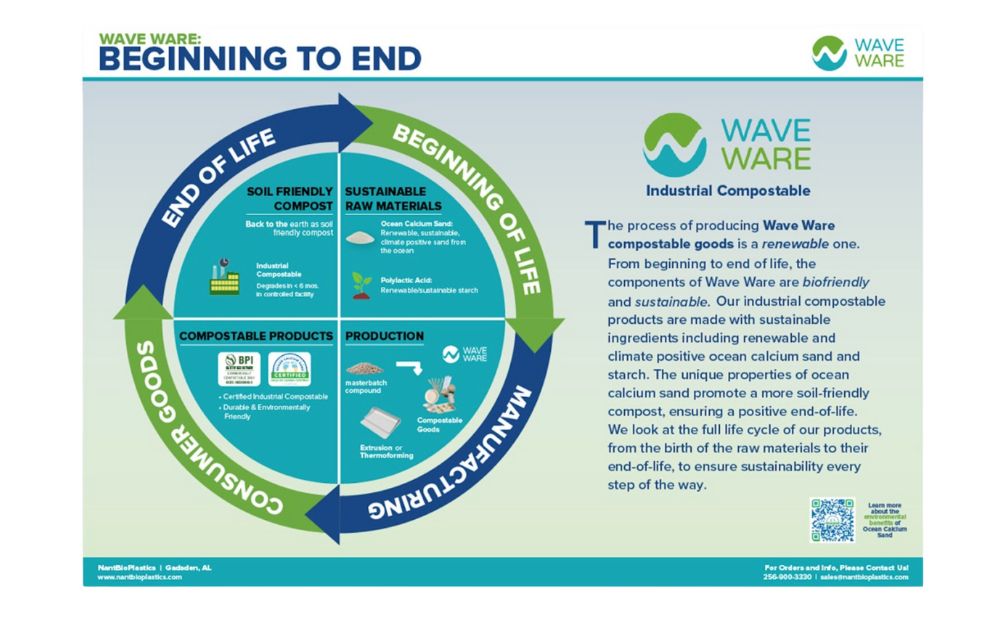
If you need to present data in a way that’s meant to be absorbed quickly and easily, infographics are your secret weapon. Hence, this type of image is a great way to offer value to your market. You can include infographics on your website’s main pages. On the About Us page, for example, you can present data about the venture’s journey through graphics. In the same vein, you can also include this type of image in blog posts to make your data easier to digest.
Ebooks

If you’re looking to give your community more value to gain more support, ebooks can do the trick. Ebooks are a great way to provide useful info depending on the industry you’re in. The best thing about ebooks is that they can be distributed to many people without requiring more marketing funds. Make ebooks a lot more engaging by including relevant photos. It’s also a must to pay attention to design elements – from layout to color theory.
Social Media Graphics

As anyone on Facebook, Instagram, or TikTok knows, social media platforms thrive on engaging visuals, making well-designed graphics essential for brand visibility. These can include quote graphics, promotional banners, testimonials, or interactive posts like polls and quizzes. Maintaining brand consistency in fonts, colors, and styles helps establish a strong presence across platforms.
Product Mockups
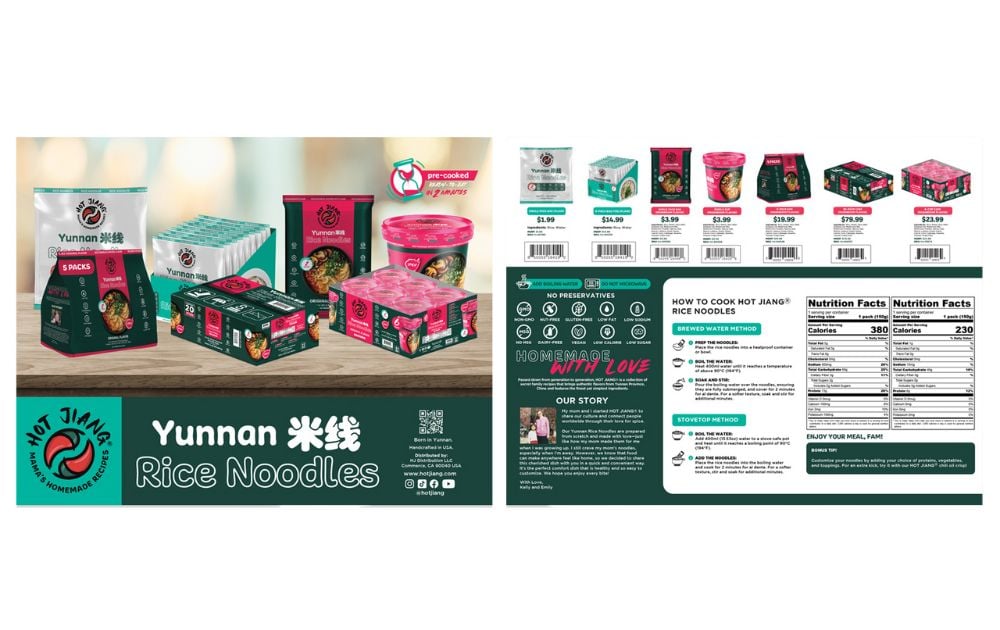
For businesses selling physical or digital products, mockups offer a way to showcase offerings in real-life scenarios. Whether you’re promoting merchandise, software, or packaging, realistic product mockups help potential customers visualize their purchases.
Presentation Slides

Businesses use digital slides for client pitches, webinars, and internal reports. Well-designed presentation graphics enhance storytelling by making data, case studies, and brand messaging more compelling and digestible.
Interactive Web Graphics
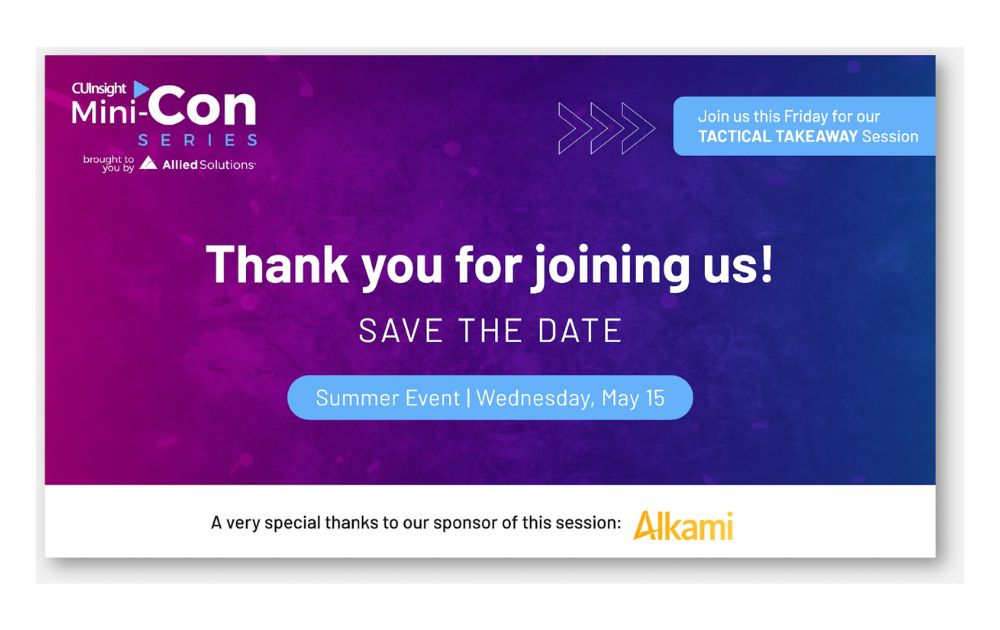
Websites benefit from interactive elements such as hover effects, clickable infographics, and data visualizations. These keep users engaged and can improve time spent on site, ultimately boosting conversions.
Elevate Your Brand with Stunning Digital Graphics
These days, staying competitive in business means having high-quality, cohesive graphics that make a mark. But here’s the catch: designing professional-grade graphics can be time-consuming and require expertise.
That’s where Penji comes in. With unlimited graphic design services, Penji helps businesses create stunning, on-brand visuals—without the hassle of hiring in-house designers. Whether you need social media graphics, digital ads, infographics, or marketing materials, Penji’s team of experts delivers high-quality designs on demand.
Watch a short demo today and take your visual content to the next level.
About the author

Carla Deña
Carla is a journalist and content writer who produces stories for both digital and legacy media. She is passionate about creativity, innovation, and helping small businesses explore solutions that drive growth and social impact.

